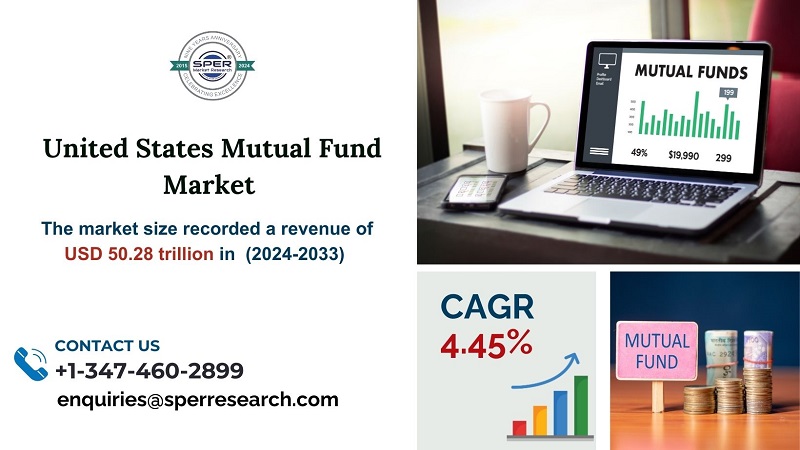Extensive spectrums of financial services are offered by the wealth management industry to assist people and companies in managing their assets, investments, and financial planning requirements. Personalized strategies are provided by wealth management organizations and usually consist of risk management, investment advising, retirement planning, estate planning, and tax services. High-net-worth individuals (HNWIs) and wealthy clientele are the target audience for these services, while families and small businesses may also be served. In order to fulfill changing customer expectations, a market that is fiercely competitive is characterized by businesses that are always coming up with novel and innovative methods to provide individualized solutions and better client experiences. These efforts combine human expertise with technology.
According to SPER Market Research, ‘Latin America Wealth Management Market Size- By Client Type, By Wealth Management Firm Type- Regional Outlook, Competitive Strategies and Segment Forecast to 2033’ states that the Latin America Wealth Management Market is estimated to reach USD 1.46 Trillion by 2033 with a CAGR of 2.5%.
The wealth management industry in Latin America has been steadily expanding due to a number of important causes. High-net-worth individuals (HNWIs) are becoming more widespread in the region, especially in nations like Brazil, Mexico, and Chile where middle-class growth and economic development are major contributors to rising personal wealth. The need for wealth management services has also been strengthened by the rise in family enterprises and entrepreneurship in Latin America. The growing uptake of digital financial products is another driver of growth. Lastly, as clients seek out investment solutions that meet environmental, social, and governance (ESG) requirements more frequently, the market is being driven by a growing interest in sustainable and socially responsible investing in Latin America.
Numerous obstacles prevent the wealth management industry in Latin America from reaching its full potential. Political and economic instability in a number of nations, including Venezuela, Argentina, and even portions of Brazil, is one of the main problems. It is challenging for wealth managers to plan and provide long-term financial plans because of the uncertainty created by frequent changes in governmental policy, inflation, and currency volatility. Due to this volatility, high-net-worth individuals (HNWIs) frequently turn to offshore providers, which lower their involvement in the local market. Another significant challenge is the relatively low financial literacy among potential clients. Complex regulations also limit growth. For wealth managers to prosper in the area, these obstacles call for creative thinking and smart strategy.
Request For Free Sample Report @ https://www.sperresearch.com/report-store/latin-america-wealth-management-market.aspx?sample=1
The Latin American wealth management market was severely impacted by COVID-19 in 2020. This was the year of the terrible coronavirus outbreak, and the impact of the lockdown led the economy to slide south. The year saw an increase in worldwide wealth despite the pandemic. For many high-net-worth individuals (HNWIs), the economic slowdown brought about by the pandemic resulted in sudden wealth erosion due to steep drops in stock markets and asset values. But the public health crisis also sped up the wealth management industry’s technological evolution. For communication and investment management, both clients and firms shifted to digital channels as in-person meetings and traditional banking services became less available. The outbreak also brought attention to the significance of wealth protection and financial preparation.
Brazil is leading the way in terms of traditional investment options. The market has strengthened and increased competition in the Latin American wealth management sector. Some of the key players are- 3G Capital, BBVA Bancomer, Bradesco, BTG Pactual, Citi Wealth Management, Credit Suisse
For More Information, refer to below link:-
Latin America Wealth Management Market Scope
Related Reports:
Follow Us –
LinkedIn | Instagram | Facebook | Twitter
Contact Us:
Sara Lopes, Business Consultant – U.S.A.
SPER Market Research
+1-347-460-2899









